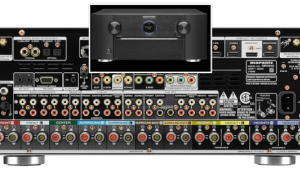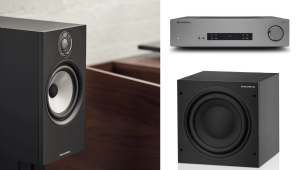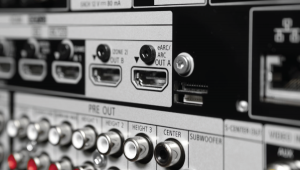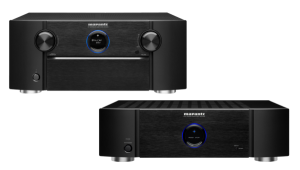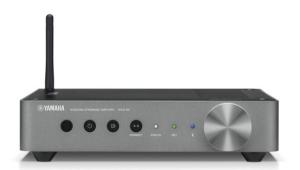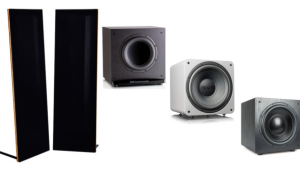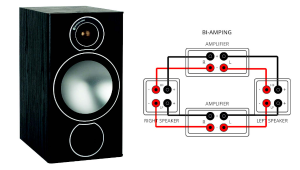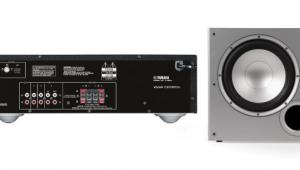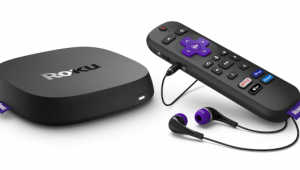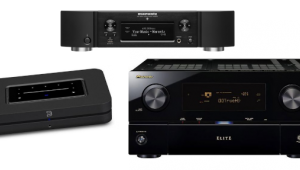Are New Cables Really Needed for HDMI 2.1?
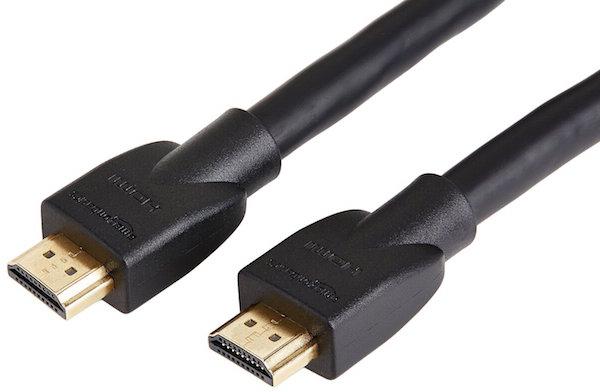
Q It looks like the high data rate (up to 48Gbps) of the forthcoming HDMI 2.1 standard will create headaches for the consumer electronics industry, especially the cable manufacturers. Here’s my question: Why does decompression of video data happen in the disc player or streaming box instead of the TV? If the situation were reversed, then there would be no need for new, 48G HDMI cables. —Dave Ings / Toronto, Canada
A I don’t think cable manufacturers are too unhappy about the new HDMI 2.1 standard. After all, they’ll get the opportunity to sell you new cables.
There’s a simple reason why HDMI was designed to convey uncompressed video streams from the source to the display: copy protection. When HDMI was first introduced, a main selling point for film and TV studios looking to make their content available in high-definition was that conveying signals using HDMI’s high-bandwidth, encrypted connection would help to inhibit piracy. This in turn created a need to add MPEG video decompression capability to source devices, which is why that became a standard feature on Blu-ray players and other components.
A related historical footnote: Some early HDTVs — specifically, ones from Mitsubishi and Sony — featured FireWire connections. The reason? Manufacturers wanted to add networking capabilities to TVs, and FireWire, an Apple-developed serial bus designed for high-speed data transfer and bi-directional communication, permitted compressed HDTV signals to be easily shifted from a TV’s digital tuner to an external HDTV recorder. There was even an open standard created called HAVi (Home Audio Video Interoperability) to enable FireWire-based networking of devices so content and control functions could be distributed throughout the home. Ultimately, the film and television industry’s piracy concerns won out, and FireWire gave way first to DVI, then later HDMI, both of which supported the carriage of uncompressed video plus HDCP encryption.
The upshot here is that as long as high-resolution video sources like Ultra HD and regular Blu-ray players, cable/satellite boxes, PCs, and external streamers exist, there’s going to be HDMI. And as bandwidth requirements increase, as they will to support features like 8K-resolution video, high frame rates, and dynamic HDR, bigger HDMI pipes will be needed. In some cases, that’s going to mean new cables, which is what we’re unavoidably looking at with HDMI 2.1.
